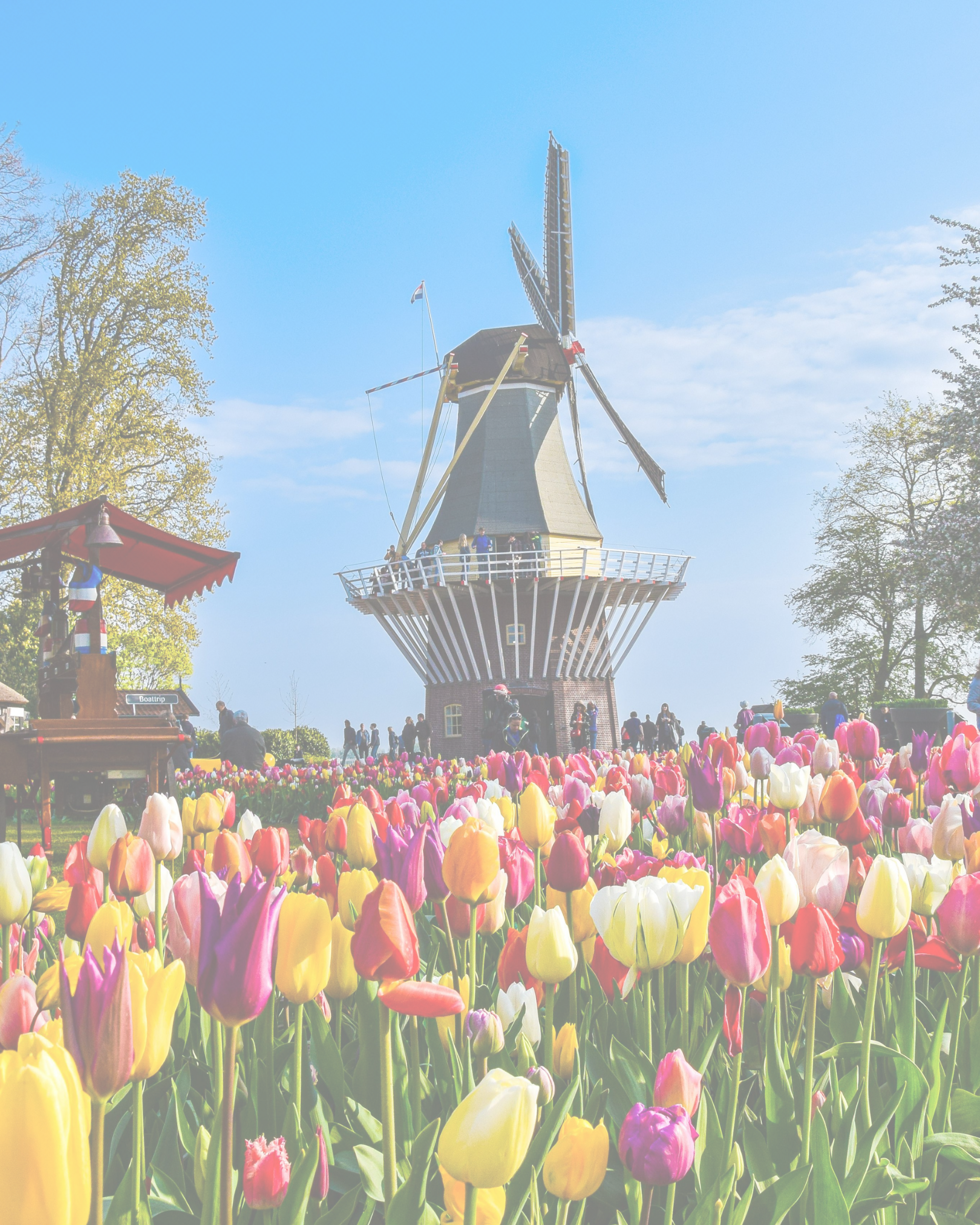
Amsterdam: The City That Fooled Napoleon and Kept Its Independence

Written by Edoardo Laudani
If you thought that Amsterdam's iconic canals, tulip fields, and vibrant culture were all that made this city famous, think again. There’s a fascinating, almost cheeky chapter in its history where the Dutch capital outwitted one of the most powerful men in Europe: Napoleon Bonaparte.
While the world remembers Napoleon for his military genius and ambition, Amsterdam managed to pull off a remarkable act of resistance against the Emperor of France. The city didn’t just survive his invasion—it cleverly tricked him into thinking that his conquest of the Netherlands was a “done deal.” But the truth? Amsterdam had outfoxed Napoleon, and this tale of subversion has echoes that still reverberate in the city today.
The Curious Tale: Amsterdam’s “Fake Surrender” to Napoleon
In 1810, Napoleon Bonaparte, at the height of his power, set his sights on the Netherlands. The French Emperor had already annexed much of Europe, and Amsterdam, as the heart of the Netherlands, was a prime target. By this point, Napoleon had a reputation for getting what he wanted, and no one expected Amsterdam to stand in his way. However, the clever inhabitants of the city had a different idea.
As French forces approached, the city’s leaders, fearing devastation and military occupation, decided to deceive Napoleon with an audacious ruse. They agreed to surrender the city—on the condition that the French army would march in under the guise of a peaceful occupation. To make it appear as though the city had willingly accepted Napoleon’s rule, Amsterdam’s officials greeted the incoming troops with open arms, giving the illusion of cooperation.
But the real genius of the plan lay in what came next. Once the French soldiers were inside the city, they quickly realized that their new “subjects” weren’t as eager to accept the French regime as they had hoped. Rather than the easy submission Napoleon expected, the citizens of Amsterdam played a quiet waiting game, holding back on any real action until it was clear that Napoleon’s empire was about to crumble.
The Twist: Amsterdam’s Subtle Resistance
Though Amsterdam formally surrendered to Napoleon, the city’s spirit of defiance was far from defeated. The Dutch population continued to resist French rule in subtle yet effective ways. One of the most notable was their refusal to embrace French-style clothing, French language, and other symbols of French dominance. The city's citizens didn’t adopt French customs as Napoleon had anticipated—instead, they quietly maintained their own Dutch identity.
Additionally, the city saw a rise in covert operations, with many citizens secretly supporting the Allied forces fighting against Napoleon’s empire. Amsterdam became a hotbed of underground resistance movements, and its citizens played a key role in aiding the return of Dutch sovereignty after Napoleon’s eventual defeat in 1814.
The French occupation ended, not with a grand military campaign, but with the quiet rebellion of a people who had never truly accepted their conqueror’s rule. Amsterdam’s legacy as a city of resistance was cemented, and its unique ability to outwit and defy a mighty empire became a defining moment in its history.
The Legacy: A City of Quiet Defiance
Today, Amsterdam wears its history with pride. While the canals and gabled houses may be the first things you notice, it’s the city’s spirit of independence and subtle resistance that defines its true essence. Whether you’re wandering through the Rijksmuseum, admiring the works of Rembrandt and Van Gogh, or exploring the Anne Frank House, it’s impossible to ignore the legacy of a city that outsmarted one of history’s most formidable leaders.
Amsterdam's fascinating tale of resistance is more than a chapter in a history book—it's woven into the fabric of the city. Visitors can trace the quiet rebellion in the very streets where Napoleon’s forces once marched, from the Dam Square to the bustling Jordaan District, where locals continue to celebrate their city’s spirit of independence.
Why You Should Visit Amsterdam
While the history of Amsterdam’s resistance to Napoleon is a captivating chapter, there’s so much more to this city that attracts millions of visitors every year. From the serene beauty of its canals to the rich cultural experiences, Amsterdam remains a city that balances history, art, and a free-spirited attitude.
• The Rijksmuseum: Home to masterpieces by Dutch artists like Rembrandt and Vermeer, this museum offers a deep dive into the history of the Netherlands, including its resistance during Napoleon's reign.
• Anne Frank House: A poignant reminder of Amsterdam’s role in World War II, this museum tells the story of a young girl’s courage during the Holocaust.
• Jordaan District: Wander through this charming neighborhood and soak in the creative atmosphere that echoes the independent spirit of Amsterdam.
• Vondelpark: Relax in the city's most famous park, a peaceful spot that was once the site of secret gatherings during times of political tension.
Why Amsterdam Matters
Amsterdam isn’t just a city of beautiful canals and vibrant culture—it’s a place where the resilience of its people has stood the test of time. The tale of how it outwitted Napoleon is just one of many stories that reveal the spirit of defiance and cleverness that lies at the heart of this amazing city.
So, if you find yourself in Amsterdam, take a moment to walk the streets with a new sense of wonder. Discover the city’s hidden stories, and let the quiet defiance of this incredible place inspire you.

Related Itinerary: Amsterdam
Follow Us
Join
Subscribe For more itineraries
Love discovering hidden gems and powerful stories like this? Follow us for more curated itineraries, historic insights, and unforgettable destinations around Luxembourg and beyond. Whether you’re planning your next weekend getaway or just love exploring from your screen, we’ve got countless ideas to inspire your next journey. Adventure is closer than you think—come explore it with us!

